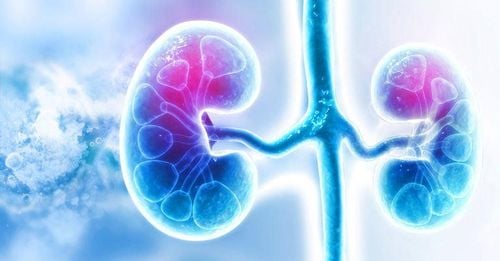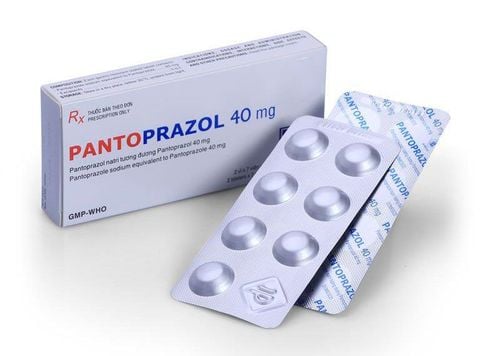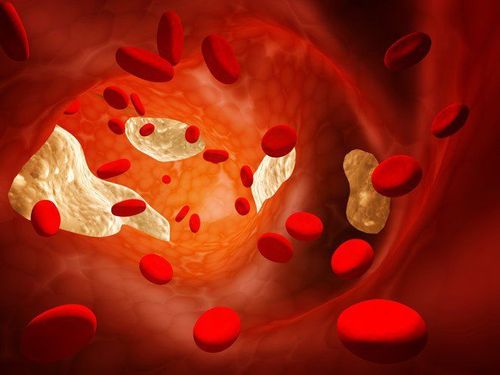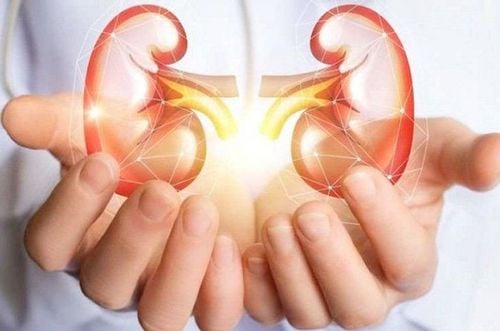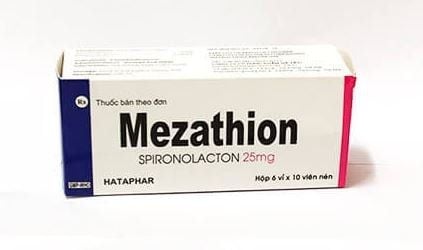This is an automatically translated article.
Fatty nephrotic syndrome is a disease with many names, the most common is using the term "nephrotic syndrome" for all conditions of kidney failure, causing inflammation, swelling, protein in the urine, low protein in the blood, and low protein in the blood. fat gain.1. Two groups of causes of kidney failure
1.1. Primary nephrotic syndrome For a long time, medical experts in both Eastern and Western medicine have discovered diseases that develop in the kidney itself, leading to degeneration and damage of the kidney. In other words, the exact damage that takes place in the glomeruli for various causes, impairs kidney function. Common signs are systemic inflammation, proteinuria, protein in the blood decreases but fat increases. This group of diseases is collectively referred to as “primary nephrotic syndrome”.1.2. Secondary nephrotic syndrome Not long after that, under the diagnosis of doctors and demonstrated by electron microscopy, the renal tubular cells had many signs of fatty deposits, but the glomeruli were completely normal, as well as the glomeruli. cause the same conditions as above. The group of diseases that are not located in the kidneys, but are related to the kidneys and cause adverse effects on the whole body is called "secondary nephrotic syndrome", also known as "fatty nephrotic" or Epstein's disease - the name of a scientist who showed the mechanism of the disease in 1937.
Studies have shown that, "secondary nephrotic syndrome" is a disease of the whole body, not just coming from the process of fat formation in the body. kidney alone. Patients with proteinuria and hypoproteinaemia may have systemic diseases such as lupus, diabetes, or immune system disorders, infections, and effects from some of the most anti-cancer drugs. determined.
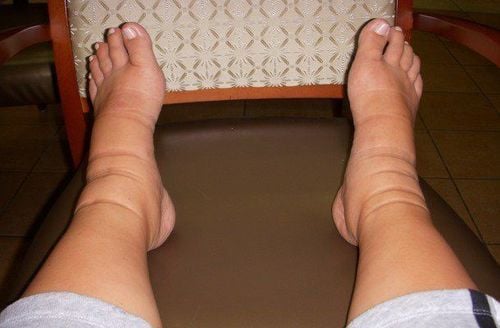
Phù nề toàn thân là triệu chứng rõ ràng nhất khi bị mất đạm qua nước tiểu.
2. Fatty kidney failure symptoms
2.1. Physiological changes inside the body Whether primary or secondary kidney damage, or whatever, results in loss of protein through the urine. Albumin is released by the glomerular membrane, causing protein loss.Normally, the hole in the kidney septum is smaller than the albumin in the blood, so this substance cannot escape through the urine. Furthermore, since both carry the same negative charge, the albumins are, in principle, repelled. However, when suffering from nephrotic syndrome and kidney failure, the glomerular membrane is damaged and damaged, leading to the holes becoming larger and gradually losing negative charge, thereby making it easier for albumin to escape. go out.
When albumin is lost, the protein in the blood decreases so quickly that the body cannot produce new protein to compensate for the loss. The function of protein is to retain water in the lumen of blood vessels by maintaining oncotic pressure; As protein in the blood decreases, the colloidal pressure also decreases, causing water to escape from the blood vessels, causing swelling in the whole body of the patient.
Besides, albumin is not the only protein lost through the urine. Other blood proteins that are also eliminated in the urine of the patient include clotting factors or IgG. This is the cause of blood clots, weakened immunity, making patients more susceptible to infections. In addition, the decrease in protein in the blood causes the liver to increase the function of synthesizing lipoproteins to compensate, leading to an increase in blood lipids and lipids.
2.2. Appearance The most common and obvious symptom of fatty nephropathy is generalized edema. This process is very rapid and serious, there is a risk of effusion in the peritoneum, pleura, testicular membrane, pericardium, or worse, brain edema. Water escapes from the blood vessels, causing the blood volume to decrease, creating a reflex that automatically reabsorbs the amount of water in the kidneys. This condition causes the patient to urinate significantly less, often less than half a liter a day.
Some other symptoms have an impact on the whole body, including:
Frequent feeling of fatigue Poor eating leads to malnutrition complications Pale skin, insomnia, difficulty breathing... When sick More severe progression can lead to kidney failure, infection, blood clots in the veins and very dangerous hypocalcemia.

Thận hư và suy thận có thể dẫn đến nhiều biến chứng nghiêm trọng.
3. Treatment of kidney failure and kidney failure
When a patient falls into a state of generalized edema, along with proteinuria with a volume of more than 3.5g within 24 hours, accompanied by a decrease in blood protein, nephrotic syndrome will be diagnosed. However, if you want to know what type of disease is, it is necessary to perform a very complicated glomerular biopsy.The treatment method is also not easy because it is necessary to choose the right regimen for each different type of lesion. Modern medicine believes that the treatment of weak kidney disease consists of 2 parts:
First is to focus on symptoms or complications Second, to monitor the pathogenesis to have the right treatment. Treatment of edema is usually a priority. Diuretics are the simplest option to help reduce edema in patients. However, it should be noted that the damage inside the glomerulus is the real concern and concern. If this root cause is not controlled, the disease is easy to recur. There are cases of kidney damage that develops insidiously, then gradually causes unpredictable kidney failure. This is a diverse disease, depending on whether the glomerular damage is primary or secondary, appropriate drugs should be applied, such as immunosuppressants or corticosteroids.
Traditional medicine also has methods of treating kidney failure. But for fatty nephrotic syndrome, you should choose to follow up with Western medicine. Patients must strictly adhere to the treatment regimen and only use drugs prescribed by a nephrologist to promptly handle side effects if any.
Please dial HOTLINE for more information or register for an appointment HERE. Download MyVinmec app to make appointments faster and to manage your bookings easily.




